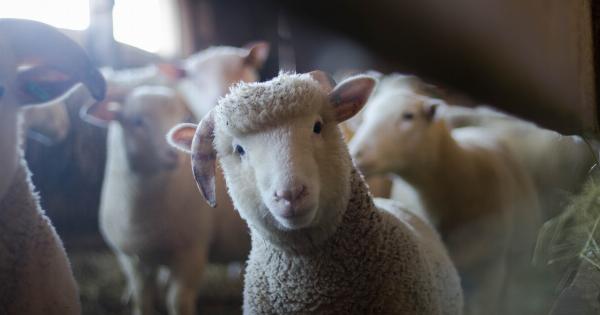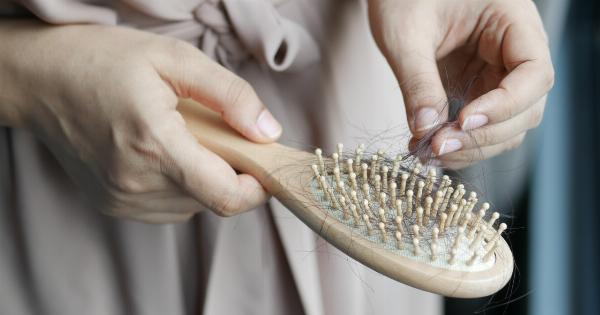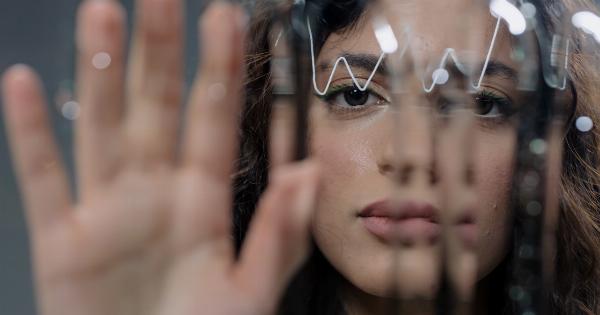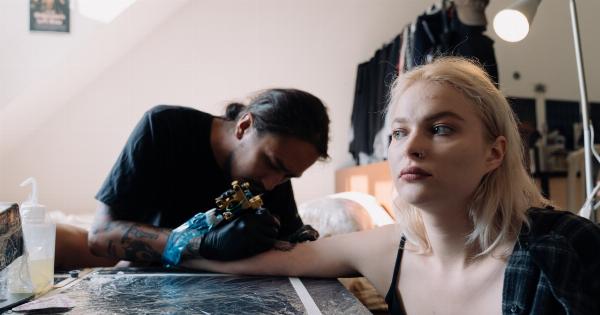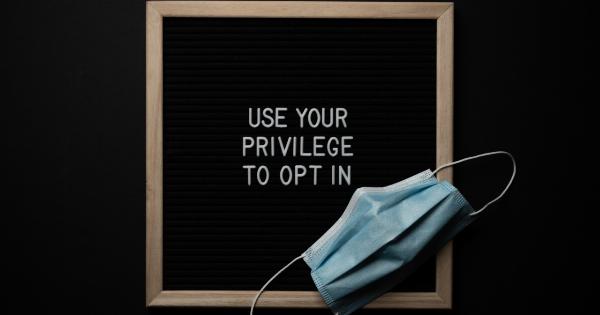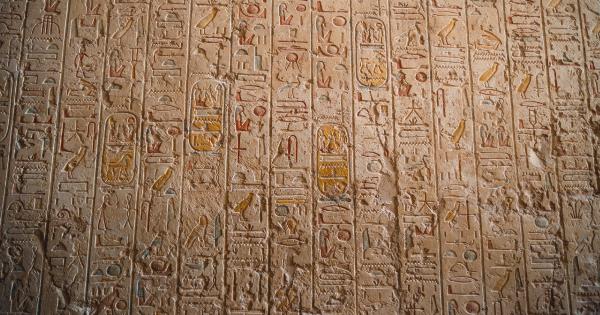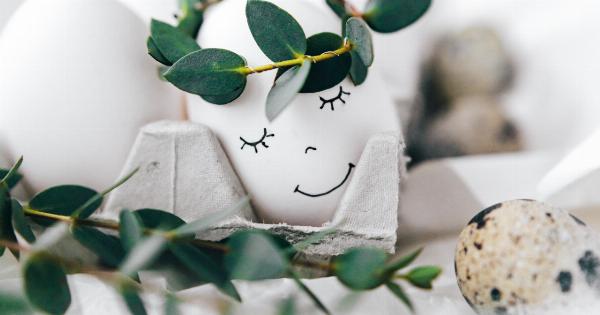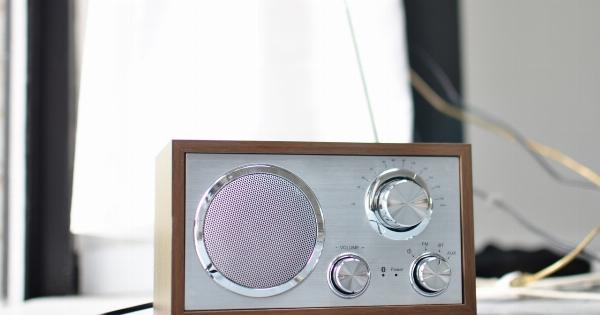Tattooing is an ancient form of body modification that has been practiced across various cultures for centuries. Despite its rich history and cultural significance, tattooing is often misunderstood and subject to certain stereotypes.
In this article, we aim to shed light on the art of tattooing, exploring its origins, techniques, and societal perceptions.
The Origins of Tattooing
The origins of tattooing can be traced back thousands of years. In fact, evidence of tattooing dates as far back as the Neolithic era, with the discovery of mummies bearing tattoos in various parts of the world.
Ancient Egyptians, Polynesians, Greeks, Romans, and many indigenous tribes all engaged in the practice of tattooing, each with their own unique styles and purposes.
In ancient times, tattoos held significant cultural, spiritual, and social meanings.
They were often used to symbolize rites of passage, indicate social status, serve as protective marks, and mark one’s affiliation with a particular group or tribe. For example, Polynesian tribes imbued their tattoos, known as tā moko or tatau, with intricate patterns that represented their genealogy, achievements, and social hierarchy.
The Evolution of Tattooing Techniques
Over the centuries, tattooing techniques have evolved dramatically. Traditional methods involve manually puncturing the skin with needles, and then rubbing ink into the puncture wounds.
In recent times, technological advancements have given rise to electric tattoo machines, which automate the process of injecting ink into the skin.
Today, tattoo artists employ various techniques including hand-poking, hand-tapping, machine-based tattooing, and even laser removal.
The choice of technique depends on the artist’s training, the design complexity, and the client’s preferences.
The Artistic Expression of Tattooing
Tattooing is a form of visual art that allows individuals to express their identity, creativity, and personal narratives. Tattoo designs range from intricate and detailed patterns to simple and minimalist designs.
They can depict a wide variety of subjects, including animals, flowers, symbols, or portraits.
Skilled tattoo artists possess not only technical expertise but also a deep understanding of composition, color theory, and design principles.
They work closely with clients, collaborating to create custom designs that reflect the client’s vision while ensuring the tattoo’s longevity and aesthetic appeal.
The Controversies Surrounding Tattooing
Despite its historical significance and artistic nature, tattooing has long been stigmatized in many societies. Negative perceptions often link tattoos to criminality, rebellion, or deviant behavior.
Such stereotypes can lead to unfounded discrimination and prejudice against individuals with tattoos.
Slowly but surely, the cultural perception of tattoos is shifting. Many celebrities, athletes, and public figures proudly display their tattoos, challenging societal norms and contributing to the normalization of tattooing as an art form.
Additionally, tattoo artists are increasingly recognized for their skill and talent, with tattoo conventions and exhibitions showcasing their work to larger audiences.
The Importance of Tattoo Safety
While tattooing is a form of art, it also involves penetrating the skin, which poses certain health risks if not done properly. Ensuring tattoo safety is of utmost importance.
It is essential to choose a reputable and licensed tattoo studio that follows strict hygiene practices, such as using sterilized equipment, single-use needles, and high-quality inks.
Additionally, clients should carefully consider their tattoo design choices, as tattoos are permanent. Seeking the assistance of an experienced and skilled tattoo artist is crucial to avoid design flaws or regrets in the future.
Open communication with the artist, proper aftercare, and following professional advice are crucial aspects of a safe and satisfactory tattooing experience.
The Healing and Therapeutic Aspects of Tattooing
Tattoos can hold deep personal and emotional significance for individuals. For some, tattoos serve as a form of therapy, providing a means for self-expression, healing, and empowerment.
Engaging with the tattooing process allows individuals to take control over their bodies and reclaim power in situations where they may have felt powerless.
Many people use tattoos as a way to honor loved ones who have passed away or commemorate important life events.
Symbolic representations and meaningful quotes provide a constant reminder of cherished memories or serve as personal affirmations, helping individuals navigate through life’s challenges.
Tattooing as a Profession
With the increasing acceptance and popularity of tattoos, the demand for skilled tattoo artists has also risen.
Tattooing has become a viable and respected profession, attracting individuals who possess artistic talent, a keen eye for detail, and a passion for the craft.
Tattoo artists undergo rigorous training to enhance their technical skills and artistic abilities. Many choose to specialize in specific tattoo styles, such as traditional, realism, watercolor, or geometrical designs.
This diversity ensures that clients can find an artist who can bring their unique visions to life.
Tattoos in Contemporary Culture
In recent years, tattoos have permeated popular culture, with an increasing number of people getting tattooed. Tattoos are no longer limited to certain subcultures or countercultural movements but have become a mainstream form of self-expression.
Today, individuals from all walks of life proudly display their tattoos, celebrating their individuality and embracing their chosen art.
Moreover, tattoos have found a distinct presence in the world of fashion and art.
Many clothing brands collaborate with tattoo artists to create unique designs, and museums now showcase exhibitions exploring the historical and artistic aspects of tattooing. This convergence of tattooing and mainstream culture contributes to the ongoing transformation of tattooing’s perception.
The Future of Tattooing
As the art of tattooing continues to evolve, so does its perception and acceptance in society. With advancements in technology and an increasing focus on tattoo safety, tattoos are expected to become even more prevalent.
The rise of specialized tattoo studios, international tattoo conventions, and online communities allows for further exploration and appreciation of the art form.
Ultimately, tattooing is a complex and multifaceted art form that holds deep historical, cultural, and personal significance.
By better understanding the art of tattooing and challenging misconceptions, we can appreciate the skill and artistic expression that lies within this misunderstood art form.



